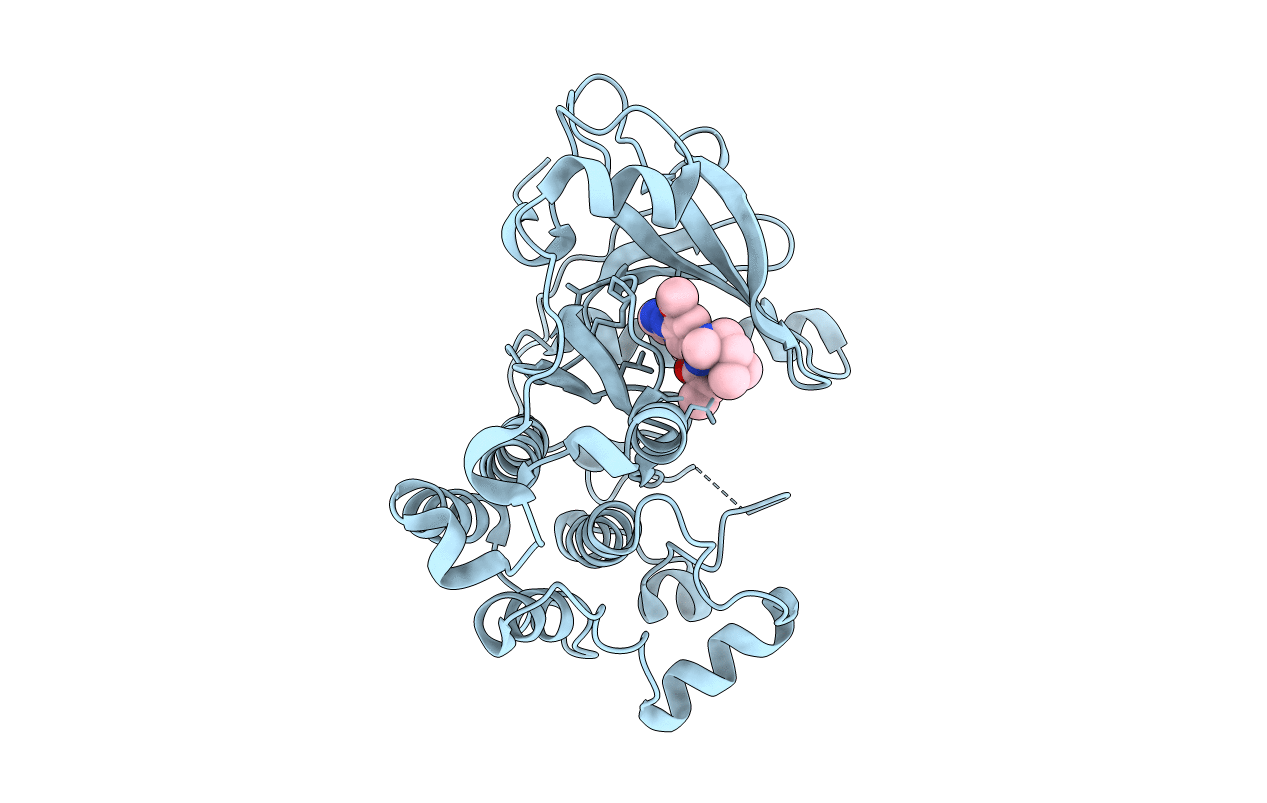
Deposition Date
2019-04-21
Release Date
2020-04-22
Last Version Date
2024-10-16
Entry Detail
PDB ID:
6JWL
Keywords:
Title:
Crystal structure of EGFR 696-1022 L858R in complex with AZD9291
Biological Source:
Source Organism:
Homo sapiens (Taxon ID: 9606)
Host Organism:
Method Details:
Experimental Method:
Resolution:
2.55 Å
R-Value Free:
0.24
R-Value Work:
0.20
R-Value Observed:
0.20
Space Group:
I 2 3


